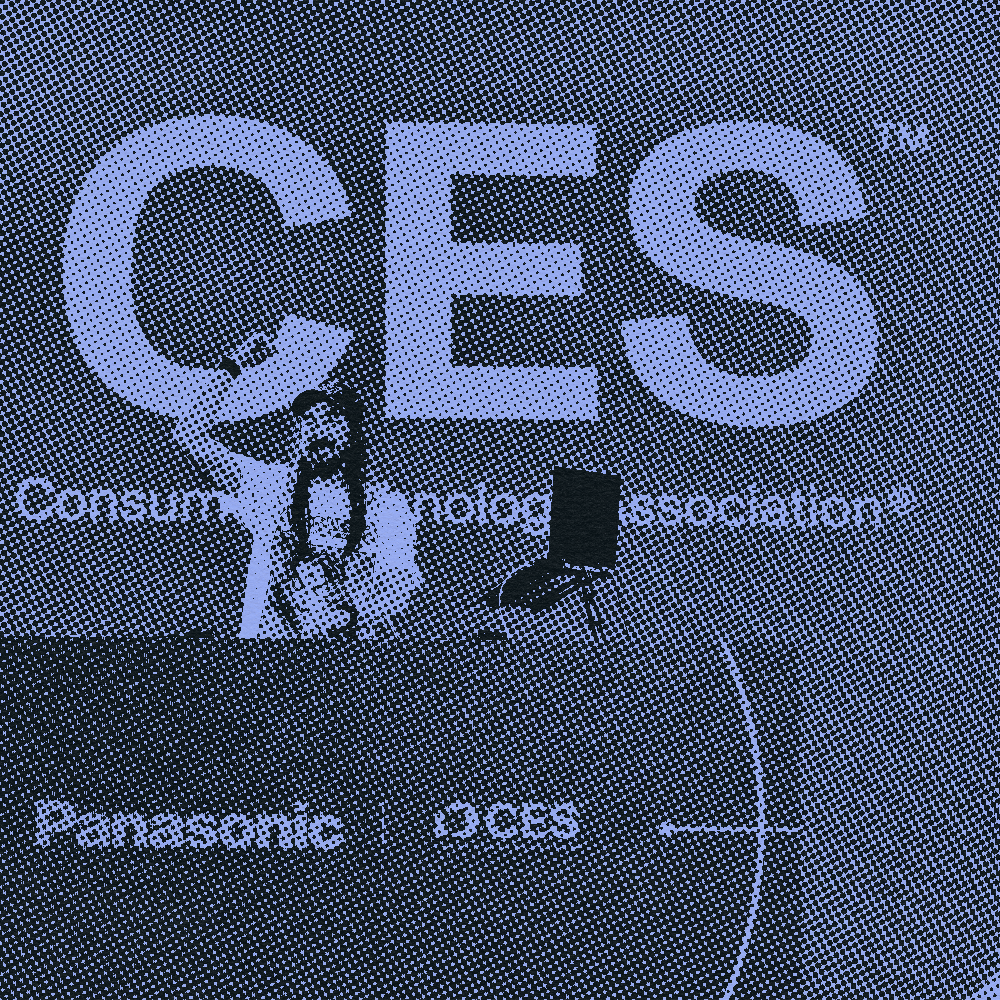It’s no secret that the discipline of earned media has always played second fiddle to paid media -- but that may be finally changing. We now have the ability to target opinion-formers directly and use paid media to amplify their voice and distribute content, making the role of paid secondary to earned, owned and social media. It’s great news for earned media practitioners, but it has some interesting knock on implications for the discipline and our role within the marketing function.It has been over ten years that Klout arrived with great fanfare at SXSW, heralding the arrival of a powerful new force in communications: the influencer. As the role of influencers has both grown and become better understood, an entire discipline has grown up around influencer relations, especially in the B2C space. However, in the B2B world or B2B2C world, very little has changed in the way we go about reaching our audience. Most company’s approach is still very coverage-centric, whether that is impressions in paid media or share of voice in earned media.The influence model, often described as the 1/9/90 rule, is fairly well accepted and understood. One percent of people are creators, nine percent are sharers, the remaining 90 percent are listeners. It is also accepted that for any given conversation, there are less than fifty influencers driving the agenda.This has some interesting implications. Using the right data analytics tools, it is easy to understand exactly who the one percent of core influencers are for any given topic or conversation. We can also use tools to identify what they create, what they share, where they share and when they share.In practice, this means creating a personalized media plan to connect with an influencer rather than just approaching them directly out of the blue. After all, we know where they get their information, who they listen to, at what events their opinion is shaped, when they are most receptive and so on. This is a very different approach to reaching our ultimate audience.If we look at the other end of the spectrum -- at the 90 percent of people that listen -- we can get a deep understanding of how they are getting their information, and ultimately being influenced, by analyzing search data. By analyzing this data, we can understand what topics and sub-topics are being searched for, what type of content is being surfaced, which outlets are most important and which people at those outlets are most important. Using this information, we can develop a very targeted plan to influence search, and in doing so, reach the 90 percent.So what does all this mean? There are five things for B2B marketers as they look to leverage data to turn marketing from an art into a science.
- The ‘coverage’ model is outdated. They key to influencing a conversation is to use the data to surgically target less than fifty people with a focused media plan.
- Rethink the approach to paid media. Paid media used to lead the marketing plan, but today the model needs to be flipped on its head. Paid media should be used to distribute and surface earned, social and owned media in front of the right people at the right time.
- Earned, owned and paid media need to live in a single plan. The days of separate programs across paid, earned and owned are over. They have to work hand in hand as part of a tightly targeted media plan designed to reach the people that matter.
- Marketing budgets need to be fluid. Having fixed monthly earned, owned and paid media budgets makes no sense. Budgets need to be fluid so that money can flow between the different media types depending on the programs.
- Data silos need to be dismantled. While this is a none trivial undertaking, applying data analytics across the PESO spectrum is the only way to both plan and measure the impact of our programs.
While the concept of reaching influencers and ‘joining the conversation’ was coined over ten years ago, our experience and interactions with clients tells us that the tide is finally turning. Over the few years, we have received more truly integrated briefs combining earned, owned, social and paid than ever before. Both on the agency and client sides, we have a lot to learn to optimize the execution, but it’s a step change for the way we all need to think.
What’s a Rich Text element?
The rich text element allows you to create and format headings, paragraphs, blockquotes, images, and video all in one place instead of having to add and format them individually. Just double-click and easily create content.
The rich text element allows you to create and format headings, paragraphs, blockquotes, images, and video all in one place instead of having to add and format them individually. Just double-click and easily create content.
Static and dynamic content editing
A rich text element can be used with static or dynamic content. For static content, just drop it into any page and begin editing. For dynamic content, add a rich text field to any collection and then connect a rich text element to that field in the settings panel. Voila!
How to customize formatting for each rich text
Headings, paragraphs, blockquotes, figures, images, and figure captions can all be styled after a class is added to the rich text element using the "When inside of" nested selector system.





